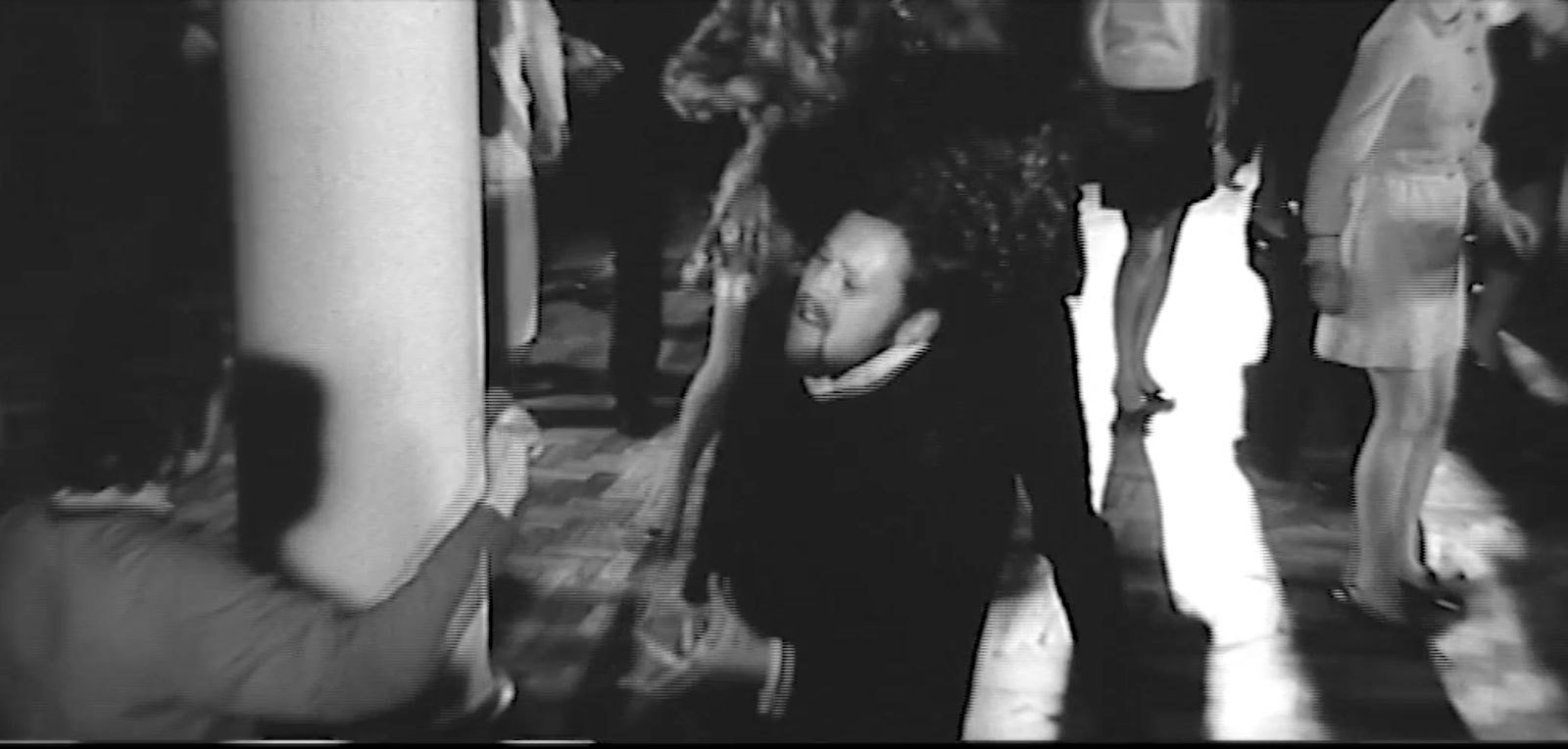Sekretiki No. 19. Hidden cameras on the dancefloor

At the time it was considered a brave decision to use sociological observation in filming a documentary about the life of young people. With secret cameras stalking them in the streets, analyzing their ecstatic behavior on the dancefloor, and deciphering their fashion statements, the film claimed to be helpful guidance for parents and educators. The crew collaborated with the police in order to get subjects of interest to talk, and often used interrogations instead of interviews.
After Faces was “put on the shelf ” by the censors, it figured in the kitchen-table conversations of young filmmakers as a radical portrait of their generation, but was seldom criticized for the ways in which this was achieved. An element of voyeurism is present in any archive-based exhibition of recent history, and there is always a feeling that more could be revealed, if only one were in a position to demand the whole truth.
Faces (excerpts)
Director: Imants Brils
1971
2’ 4”
1’ 50”
2’ 15”
National Archives of Latvia, Riga
